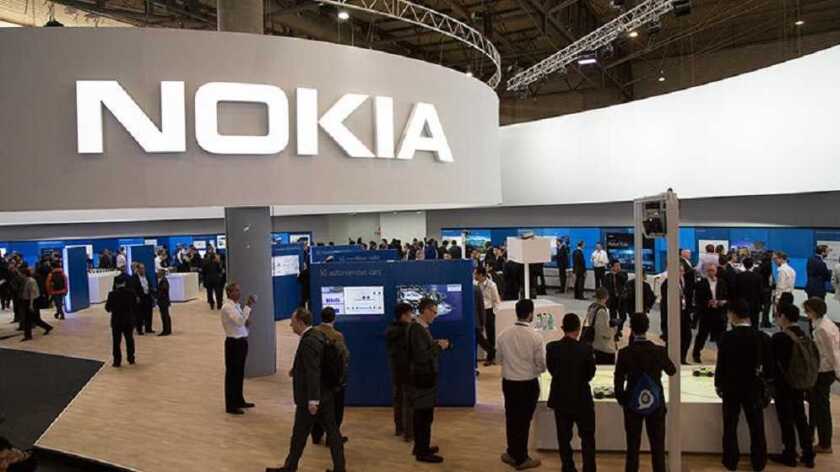BT group's mobile subsidiary EE is conducted Open RAN trials in the Enlighs city of Hull, which aim to optimise network performance.
As part of the trials, BT will install Nokia’s RAN Intelligent Controller (RIC) for Open RAN across a number of sites to optimise network performance for customers of its mobile network, EE.
Neil McRae, chief architect, BT, commented: “Our Open RAN trial with Nokia is one of many investments we are making to boost the performance of our market-leading 4G and 5G EE network and deliver an even better service to our customers.
"Our high performance, high efficiency radio access equipment, provided by the major global vendors, has enabled us to roll-out 4G and now 5G at scale, with the confidence that our customers will get the best network experience possible.”
Mark Atkinson, SVP, Radio Access Networks PLM, Nokia, added: “An open and programmable RAN enables many new advanced capabilities to be introduced that can automatically optimise the 5G network. I look forward to seeing how this project develops.”
BT is committed to sustained investment in all technologies that deliver the best possible customer experience, including using open architecture wherever network performance can be enhanced. BT is therefore developing Open RAN, with its vendor partners, to ensure it becomes a viable, mature, scale option for network optimisation as soon as possible.
In addition to this trial, BT will also open a dedicated Open RAN Innovation Centre at its Adastral Park labs later this year, where it recently conducted next-gen optical fibre trials. The group said this will "provide opportunities for large and small vendors to develop and prove their equipment and provide a platform for open architecture progress across all network elements".
In addition to its Open RAN portfolio, Nokia continues to build its private 5G infrastructure businesses, confirming this week that it has won a contract with a major enterprise client in Croatia, via Croatian communications infrastructure provider, OIV.
OIV is using Nokia's Digital Automation Cloud (DAC) solution to deliver on a project for AD Plastik’s automotive component manufacturing facility, also in Croatia, making it the first 5G SA industrial private wireless campus network in Croatia.
Deployed at its factory in Zagreb, Croatia, the DAC solution comprises network equipment, a cloud-based operation monitoring system and industrial connectors that ease standard and industry-specific protocol connectivity, as well as local edge computing and video services.
It overcomes the limitations of existing Wifi and, as such, will be able to support for AD Plastik to implement new Industry 4.0 use cases and enhance operational efficiency.
Andrej Skenderović project manager at OIV Digital Signals and Networks, said: “OIV as a modern digital company is constantly looking for new solutions for existing and future clients. We see the Private 5G network as a key technology for further development in the next decade.
"That is why we launched this project with the aim of expanding the range of our services. In this technology, which is characterized not only by a large capacity of the network, but also by many other possibilities, we see the potential to start the recovery and further development of the industry. We hope that with this project we will continue to be the leading provider of innovative services in our country,” Skenderović commented
Meanwhile, and in collaboration with Nordic Semiconductor, Nokia is exploring a new approach to licensing the use of cellular IoT Standard Essential Patents (SEP).
A first of its kind agreement between the two has been established to help simplify and SEP licensing process and provide greater transparency and predictability to companies delivering IoT products and services. Licenses will be available at the end device level and companies will continue to have the option to license direct with Nokia.
Explaining the developments, Geir Langeland, EVP sales at Nordic Semiconductor said: “This is our first step in making the licensing of cellular IoT technology more predictable and transparent. If there are ways to make the process even simpler in the future, we will pursue them.”
Meanwhile, and in collaboration with Nordic Semiconductor, Nokia is exploring a new approach to licensing the use of cellular IoT Standard Essential Patents (SEP).
A first of its kind agreement between the two has been established to help simplify and SEP licensing process and provide greater transparency and predictability to companies delivering IoT products and services. Licenses will be available at the end device level and companies will continue to have the option to license direct with Nokia.
Explaining the developments, Geir Langeland, EVP sales at Nordic Semiconductor said: “This is our first step in making the licensing of cellular IoT technology more predictable and transparent. If there are ways to make the process even simpler in the future, we will pursue them.”
Jenni Lukander, President of Nokia Technologies, added: “Nokia has a history of working closely with industry to find effective licensing solutions and this innovative new approach is another example. It’s a win-win for Nordic’s customers and Nokia, simplifying the SEP licensing process in the IoT space and making it easier for licensing agreements to be concluded amicably and efficiently. The move will support the future growth of cellular IoT and ensure that consumers benefit from an even greater range of connected products and services.”
For those who are interested to know how the raft of new projects will impact Nokia's balance sheet, the Finnish kit maker releases its next financial results on 3 February.





